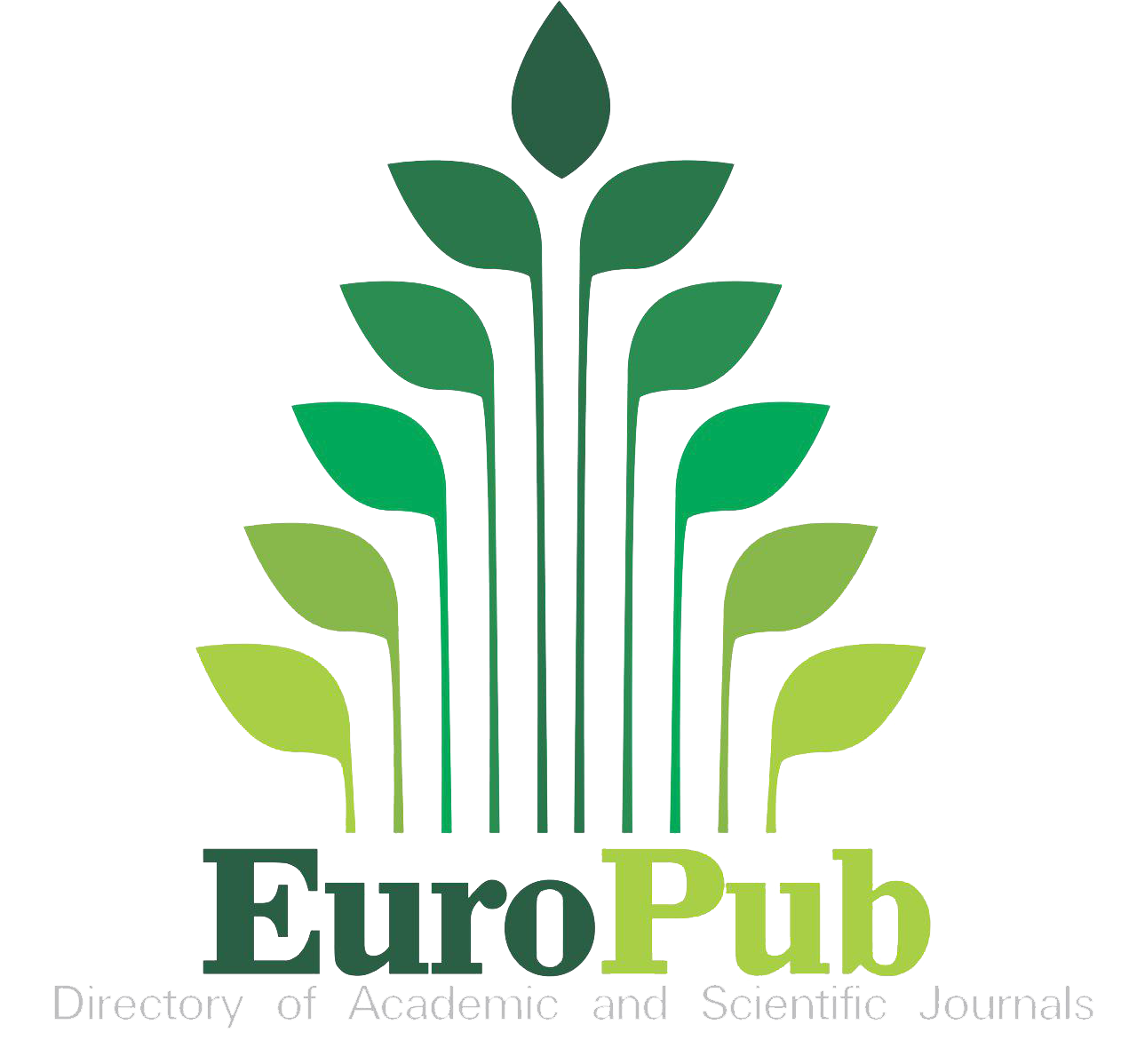Authorship policy
Those that meet the 4 criteria recommended by the ICMJE appear in this section (http://www.icmje.org/recommendations/browse/roles-and-responsibilities/defining-the-role-of-authors-and-contributors. html).
The order of appearance of the authors is the decision of the authorship team, however a corresponding author must be identified, who will assume responsibility for communication with the Editorial Committee of the journal, and must be available throughout the editorial process.
The full names and surnames of all authors must appear (avoid initials). Declare professional title, scientific degrees, academic degrees, teaching and/or research categories, as appropriate. Declare the full name of the institutional affiliation(s) of each of the authors.
Declare the ORCID of each of the authors as a mandatory requirement.
Each article must be accompanied by a signed letter expressing the authorship contribution of each of the authors, which must conform to the CRedit contributor role taxonomy, available at: https://casrai.org/credit/. The authorship roles will be identified in the following order, including each author where it corresponds and omitting those that do not apply in each case:
Conceptualization: Ideas, formulation or evolution of the general objectives and goals of the research.
Data curation: Management activities to annotate (produce metadata), cleanse data, and maintain research data (including programming code, if necessary, for interpretation of the data itself) both for initial use as for later reuse.
Formal analysis: Application of statistical, mathematical, computational or other formal techniques to analyze or synthesize the data of a study.
Acquisition of funds: Acquisition of financial support for the development of the project leading to this publication.
Research: Execution of an investigation and research process, specifically carrying out experiments or collecting data and/or evidence.
Methodology: Development or design of the methodology; model creation.
Project administration: Responsibility for management and coordination in the planning and execution of the research activity.
Resources: Supply of study materials, reagents, materials, patients, laboratory samples, animals, instrumentation, computer resources or other analysis tools.
Software: Programming, software development, computer program design, implementation of computer codes and supporting algorithms; testing existing code components.
Supervision: Supervision and leadership responsibility in the planning and execution of the research activity, including participation as an external tutor of the research team.
Validation: Validation, either as part of the activity or independently, of the overall replication/reproducibility of the results/experiments and other research results.
Visualization: Preparation, creation and/or presentation of published work, specifically the visualization/presentation of data.
Writing the original draft: Preparation, creation and/or presentation of the published work, specifically the writing of the initial draft (including correct translation).
Writing, review and editing: Preparation, creation and/or presentation of the published work by the members of the original research group, specifically critical review, commentary or revision, including the stages before and after publication.



